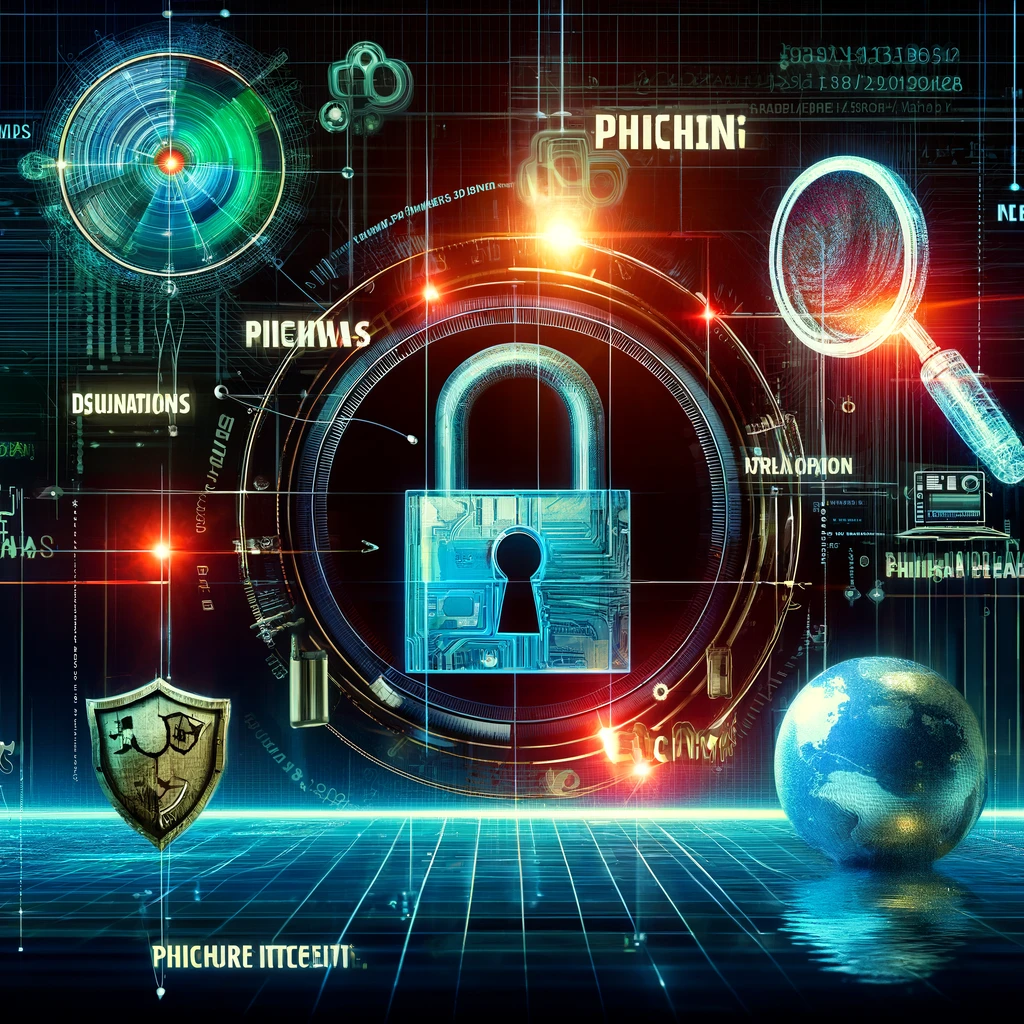
In today’s digital age, cybersecurity threats continue to evolve at a rapid pace, posing significant risks to organizations of all sizes and industries. While investing in advanced technologies and robust security measures is essential for protecting against cyber threats, one of the most crucial components of a strong cybersecurity posture is often overlooked: employee training in cybersecurity awareness. In this blog post, we’ll explore the importance of employee training in cybersecurity awareness and how it can empower organizations to defend against cyber threats effectively.
Understanding the Human Factor in Cybersecurity
Despite advancements in technology and security solutions, human error remains one of the leading causes of security breaches and incidents. Whether through falling victim to phishing attacks, using weak passwords, or inadvertently disclosing sensitive information, employees can unwittingly expose organizations to significant cybersecurity risks. Therefore, it is essential for organizations to recognize the critical role that employees play in maintaining a secure digital environment and invest in training programs to enhance cybersecurity awareness among staff members.
Benefits of Employee Training in Cybersecurity Awareness
- Risk Reduction: By educating employees about common cyber threats, phishing scams, and social engineering tactics, organizations can empower staff members to recognize and respond to potential security risks effectively. With increased awareness and vigilance, employees are less likely to fall victim to cyber attacks, reducing the overall risk of security breaches and data loss.
- Improved Security Hygiene: Employee training in cybersecurity awareness helps foster good security hygiene practices among staff members, such as using strong passwords, avoiding suspicious links and attachments, and practicing safe browsing habits. By instilling these best practices, organizations can create a culture of security where cybersecurity becomes a shared responsibility among all employees.
- Early Detection and Response: Trained employees are more likely to identify and report potential security incidents in a timely manner, enabling organizations to respond swiftly and mitigate the impact of cyber threats. By encouraging a culture of reporting and providing clear channels for reporting security incidents, organizations can leverage the collective knowledge and awareness of their staff to enhance threat detection and response capabilities.
- Compliance and Regulatory Requirements: Many industries are subject to regulatory requirements and compliance standards governing the protection of sensitive data and information. Employee training in cybersecurity awareness helps ensure compliance with regulatory mandates by equipping staff members with the knowledge and skills necessary to safeguard sensitive information and adhere to industry-specific security requirements.
- Protection of Reputation and Trust: A cybersecurity incident can have far-reaching consequences, including damage to an organization’s reputation, loss of customer trust, and financial repercussions. By investing in employee training in cybersecurity awareness, organizations can demonstrate their commitment to protecting customer data and maintaining trust and confidence in their ability to safeguard sensitive information.
Key Components of Effective Employee Training in Cybersecurity Awareness
- Regular Training Sessions: Conduct regular training sessions to educate employees about emerging cyber threats, security best practices, and organizational security policies and procedures. Offer both initial onboarding training for new employees and ongoing refresher courses to reinforce cybersecurity awareness and knowledge among staff members.
- Simulated Phishing Exercises: Utilize simulated phishing exercises to assess employee susceptibility to phishing attacks and provide targeted training based on identified weaknesses. These exercises help raise awareness about phishing threats and teach employees how to identify and respond to suspicious emails effectively.
- Interactive and Engaging Content: Make cybersecurity training engaging and interactive by incorporating multimedia elements, real-world scenarios, and interactive exercises. Utilize gamification techniques, quizzes, and interactive modules to enhance learning outcomes and encourage active participation from employees.
- Tailored Training Content: Customize training content to address the specific cybersecurity risks and challenges relevant to your organization’s industry, business processes, and technology infrastructure. Tailored training content ensures that employees receive relevant and practical guidance that directly addresses their day-to-day security responsibilities.
- Leadership Support and Engagement: Secure buy-in and support from organizational leadership to prioritize cybersecurity awareness training as a strategic initiative. Leadership engagement helps foster a culture of security throughout the organization and emphasizes the importance of cybersecurity awareness as a core business priority.
In conclusion, employee training in cybersecurity awareness is a critical component of a comprehensive cybersecurity strategy, empowering organizations to mitigate the risk of security breaches, enhance threat detection and response capabilities, and foster a culture of security among staff members. By investing in cybersecurity awareness training, organizations can equip employees with the knowledge, skills, and awareness necessary to defend against cyber threats effectively and protect sensitive data and assets from malicious actors. With a proactive and holistic approach to cybersecurity training, organizations can strengthen their defenses, reduce the likelihood of security incidents, and safeguard their reputation and trust in an increasingly digital world.

Penetra Cybersecurity is at the forefront of defending the digital frontier, providing cutting-edge solutions to protect businesses and organizations from the ever-evolving threats of the cyber world. Established with a mission to create a safer internet for everyone, Penetra leverages a blend of advanced technology, expert knowledge, and proactive strategies to stay ahead of cybercriminals.
Ready to take the next step towards a more secure future? Schedule a consultation with us today and discover how we can help protect what matters most to you. Don’t wait until it’s too late—with Penetra Cybersecurity, your business isn’t just secure; it’s imPenetrable.




